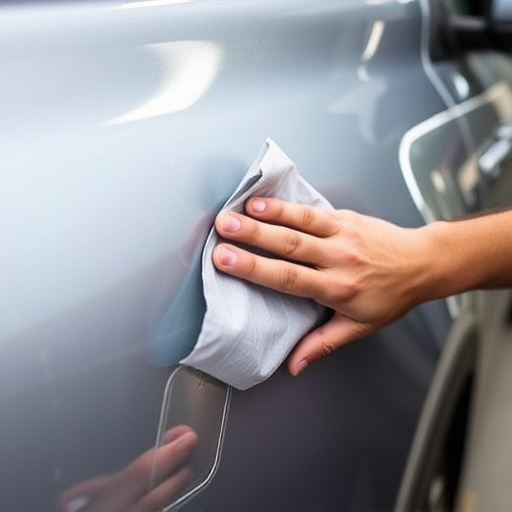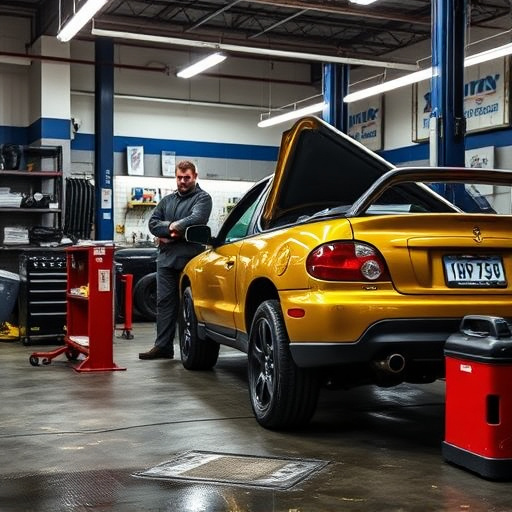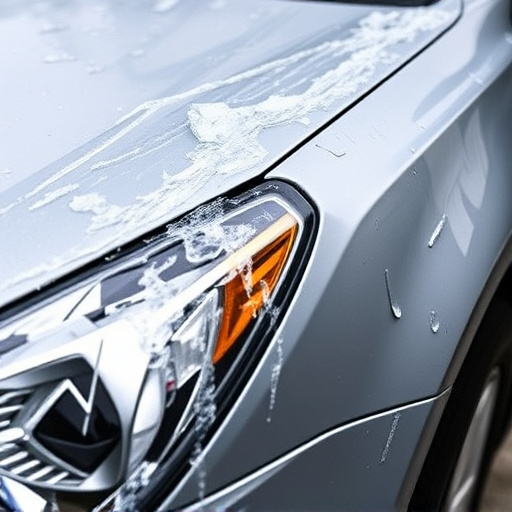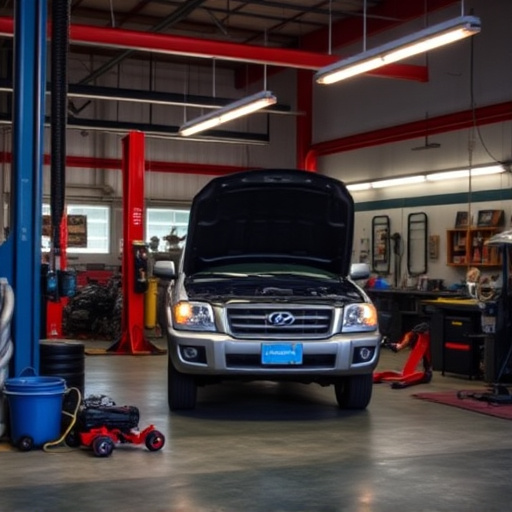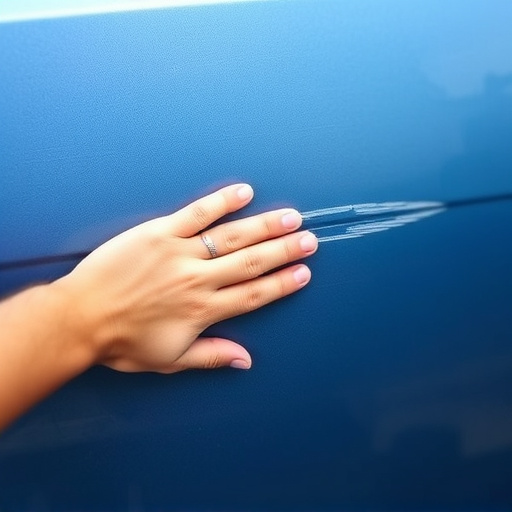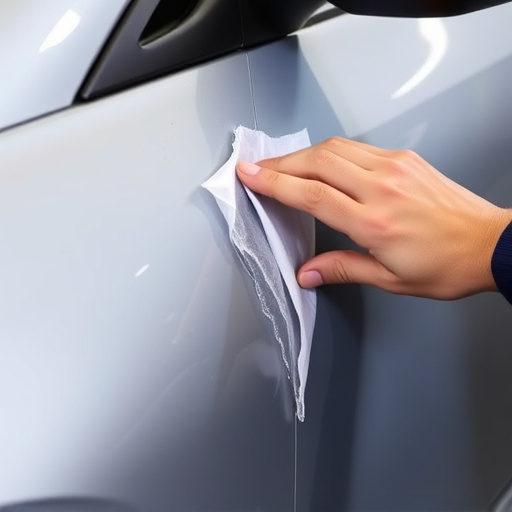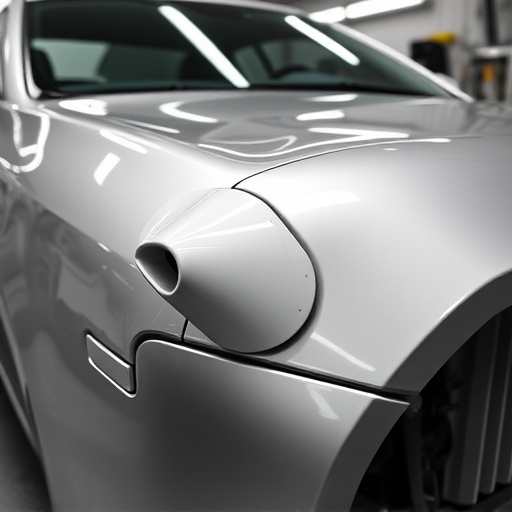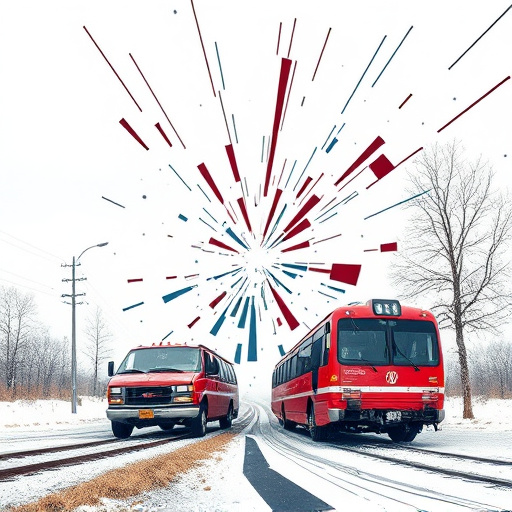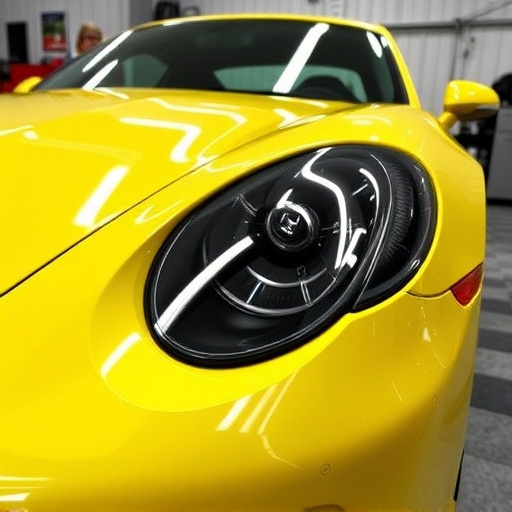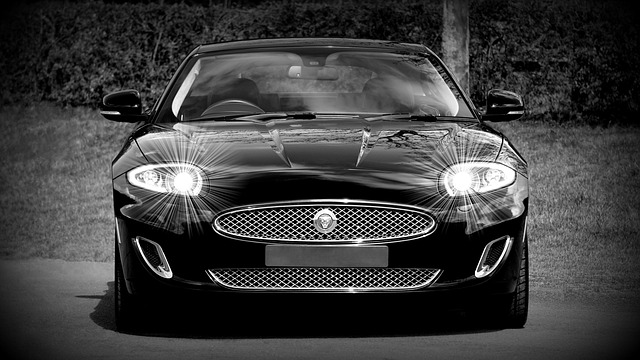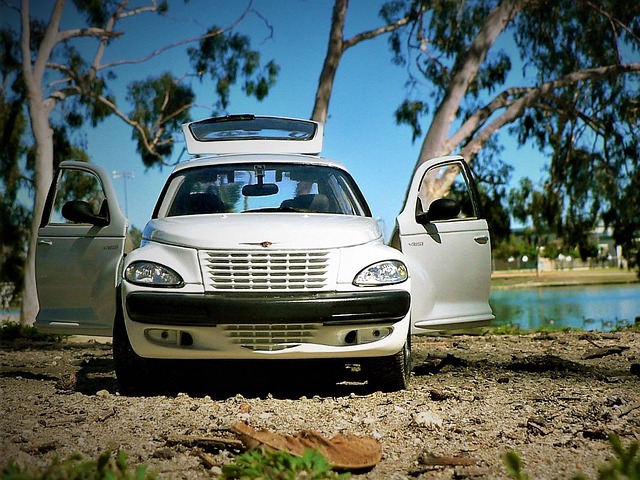Auto body collision repair myths persist, but modern techniques offer swift, affordable, and quality solutions. While DIY minor repairs are possible, complex tasks require professional tools and expertise to avoid warranty voiding and further damage. Professional services ensure structural integrity, precise assessments, and flawless finishes comparable to original manufacturing quality, utilizing advanced tools and technologies like CAD software. Modern repair standards have raised quality, preserving vehicle value and aesthetics while meeting consumer expectations for cutting-edge technology.
Collision repair, often shrouded in myths, is a critical aspect of vehicle maintenance. This article aims to dispel common misconceptions and provide insights from auto body experts. We explore the contrast between quick fix solutions and modern techniques, shedding light on why traditional ‘old school’ methods may not be the best for long-term vehicle health. Get ready to navigate through the labyrinthine world of auto body collision repair, uncovering the truth behind effective and safe restoration.
- Common Misconceptions About Auto Body Collision Repair
- The Truth Behind Quick Fix Solutions for Dents and Damage
- Modern Techniques vs. Old School Repair Methods Debated
Common Misconceptions About Auto Body Collision Repair
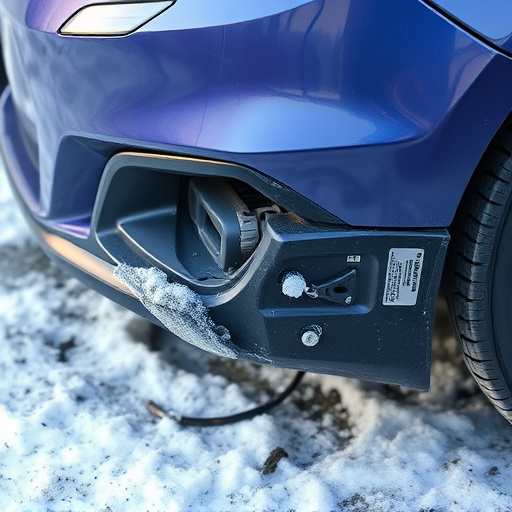
Many people hold onto common misconceptions about auto body collision repair, often due to lack of information or misinformation from untrustworthy sources. One of the most pervasive myths is that a damaged vehicle automatically equates to an expensive and time-consuming repair process. However, modern auto body collision repair techniques have significantly advanced, allowing for faster turnaround times and more affordable solutions without compromising quality.
Another misconception revolves around the notion that doing DIY repairs can save money. While some minor car scratch repairs or simple fixes are manageable for enthusiasts, complex structural work or precise paint jobs require specialized tools and expertise. Attempting to tackle these tasks without proper training not only risks further damaging the vehicle but also voids warranties offered by reputable collision repair centers. A well-known saying in the industry is “if it’s not done right, it’s done wrong,” emphasizing the importance of turning to a skilled collision repair center for reliable and safe auto body work.
The Truth Behind Quick Fix Solutions for Dents and Damage
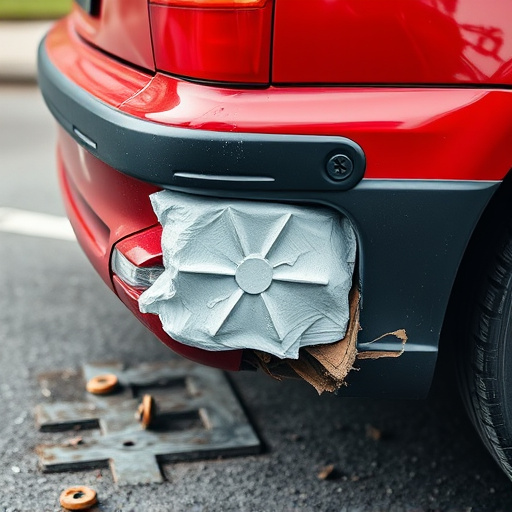
Many individuals are quick to opt for so-called “quick fix” solutions when it comes to addressing dents and damage on their vehicles, believing that saving time and money means getting a faster repair. However, this approach can often result in subpar work that fails to live up to industry standards set by auto body collision repair professionals.
Auto painting and car restoration are intricate processes that require skill, precision, and attention to detail. While some DIY methods may temporarily mask issues, they won’t provide the long-lasting solution that a reputable car repair shop offers. A professional auto body collision repair service will not only fix the visible damage but also ensure structural integrity, which is crucial for safety and the longevity of your vehicle. These experts have access to specialized equipment and technologies that enable them to accurately assess and address even complex damage, guaranteeing a flawless finish comparable to the original car manufacturing quality.
Modern Techniques vs. Old School Repair Methods Debated
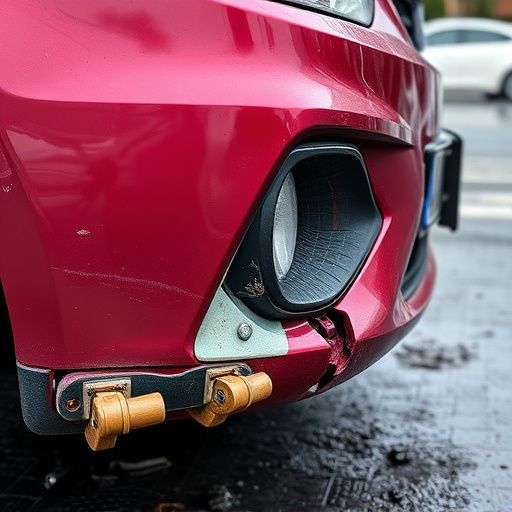
The world of auto body collision repair has evolved significantly over the years, with modern techniques far surpassing the old school methods of the past. While traditional repair practices may have been adequate for straightforward, minor dents and dings, today’s vehicles present complex structures with intricate design details. Modern auto body experts leverage advanced tools, precision equipment, and innovative technologies to deliver superior results. For instance, computer-aided design (CAD) software enables precise measurements and accurate color matching, ensuring a flawless finish that matches the vehicle’s original specifications.
In contrast, old school repair methods often relied on manual labor, rough estimations, and generic paint jobs. These techniques might have been sufficient for basic repairs but struggled to accommodate the intricate curves, smooth surfaces, and advanced materials found in modern cars. With today’s demanding standards and consumer expectations, car paint services and collision damage repair professionals must embrace cutting-edge technology to meet and exceed industry benchmarks. This shift has not only elevated the quality of auto body collision repair but also ensured that vehicles return to their pre-accident condition, preserving their value and aesthetics.
In light of the above discussions, it’s clear that understanding the intricacies of auto body collision repair dispel common myths. Modern techniques offer superior results compared to outdated methods, ensuring vehicles not only look but also function like new. By recognizing the false promises of quick fixes, car owners can make informed decisions, choosing the most effective and reliable auto body collision repair services available.
